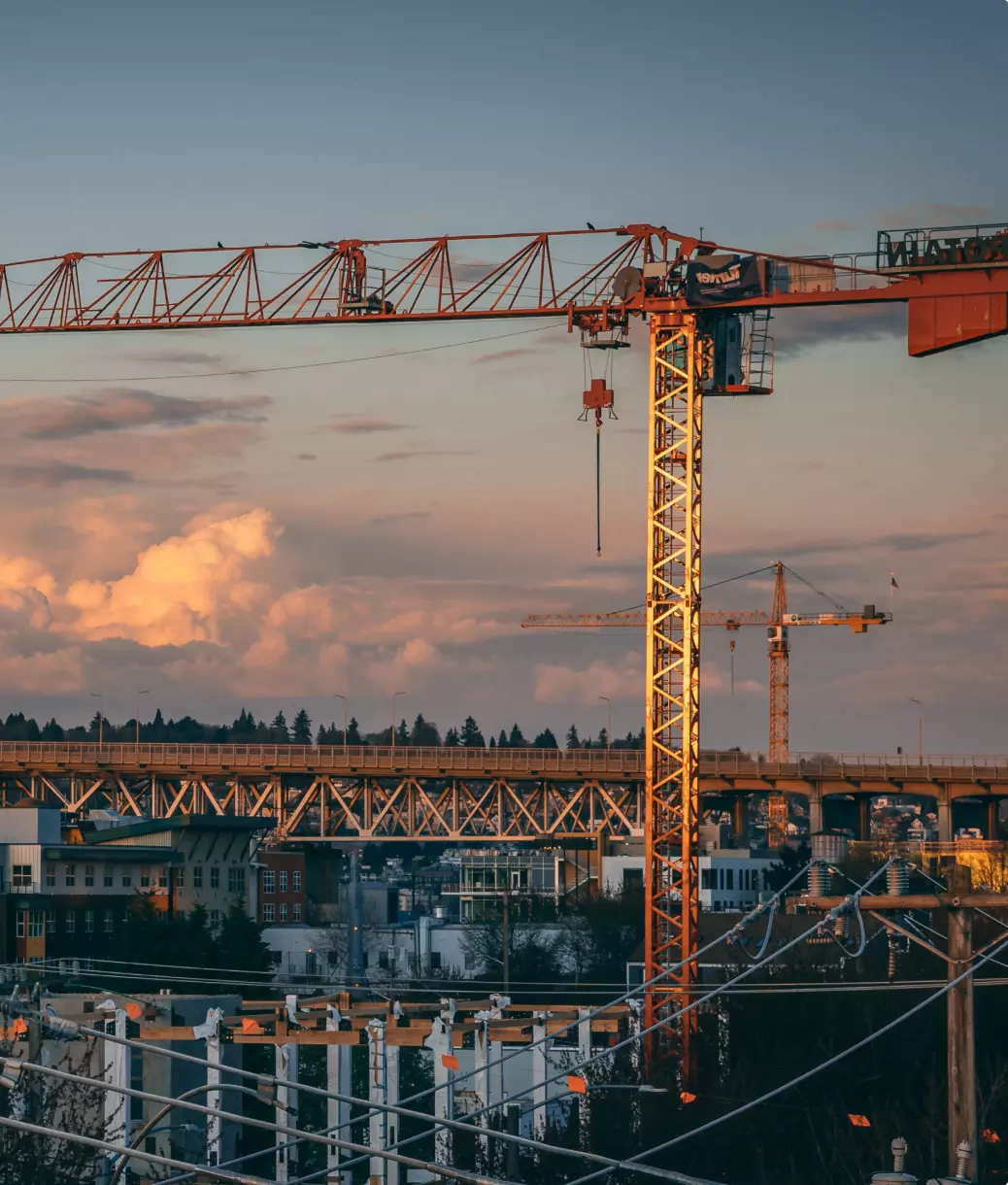Surface preparation is a crucial step in the coatings process. It is the process of cleaning, repairing, and priming a surface before applying the coating material. The purpose of surface preparation is to ensure that the surface is clean, dry, and free of any contaminants that could interfere with the adhesion of the coating.
Surface preparation is essential because it directly impacts the quality and durability of the coating. If the surface is not prepared properly, the coating may not adhere properly, leading to premature failure of the coating. Improper surface preparation can also result in coating defects, such as blistering, flaking, or peeling.
There are different methods of surface preparation, depending on the type of substrate and the coating system being used. Some of the most common surface preparation methods include:
- Cleaning: This is the first step in surface preparation, and it involves removing dirt, grease, oil, and other contaminants from the surface. This can be done using solvents, detergents, or by pressure washing.
- Abrasive blasting: This is a mechanical method of surface preparation that involves blasting the surface with abrasive materials such as sand, steel shot, or glass beads. Abrasive blasting is used to remove rust, old coatings, and other stubborn contaminants from the surface.
- Grinding and sanding: This is a method of surface preparation that involves using grinding or sanding equipment to remove surface irregularities, such as rough spots, bumps, and burrs. This method is commonly used for concrete surfaces.
- Priming: This is the final step in surface preparation, and it involves applying a primer to the surface. The primer helps to improve the adhesion of the coating and provides a uniform surface for the coating to adhere to.
In conclusion, surface preparation is a critical step in the coatings process. It ensures that the coating adheres properly to the surface, and it helps to prevent coating failures. Proper surface preparation can help to extend the life of the coating, improve the appearance of the surface, and save time and money in the long run.






